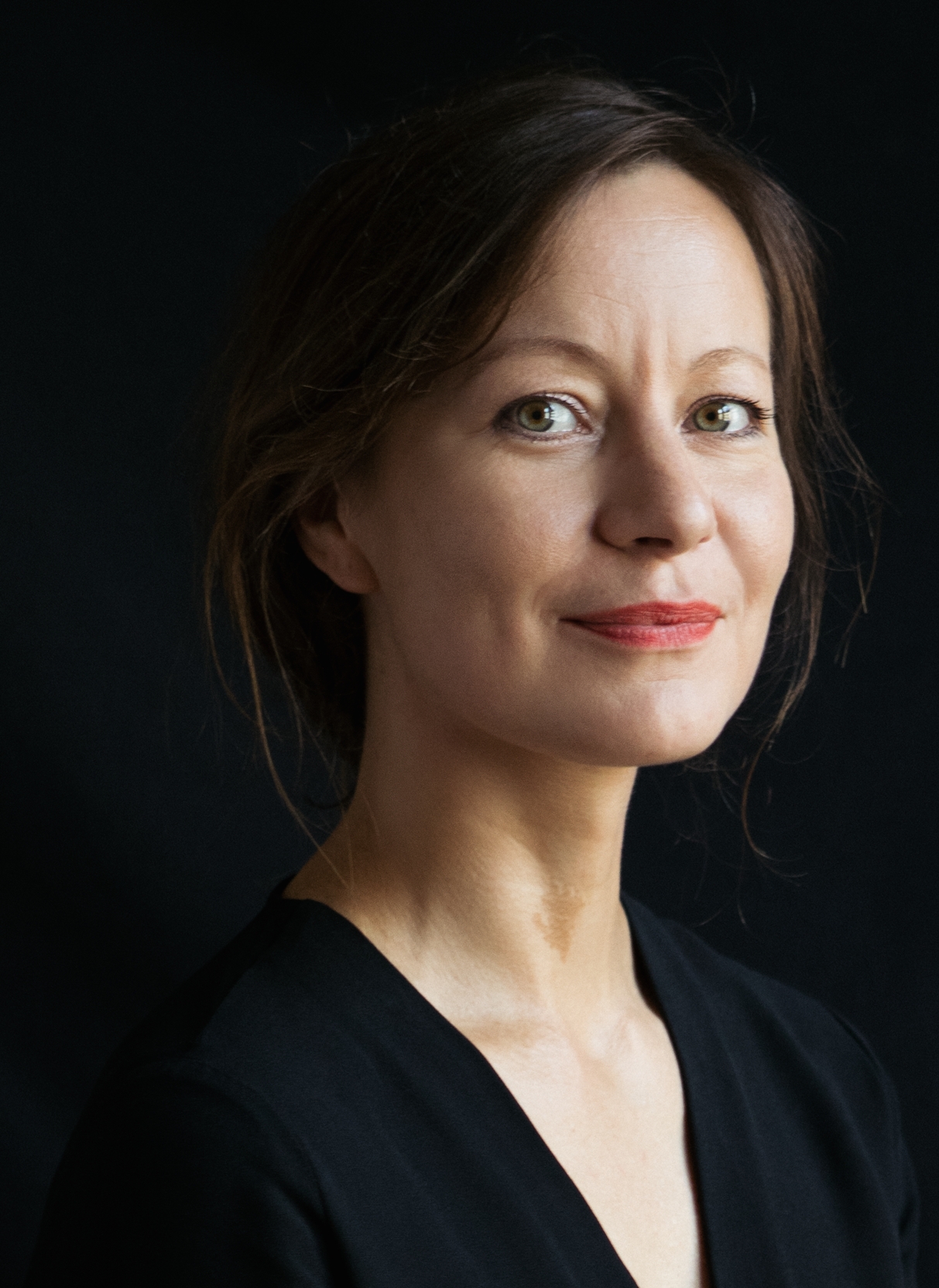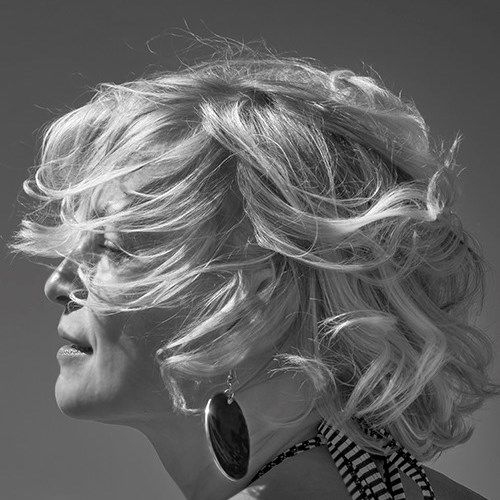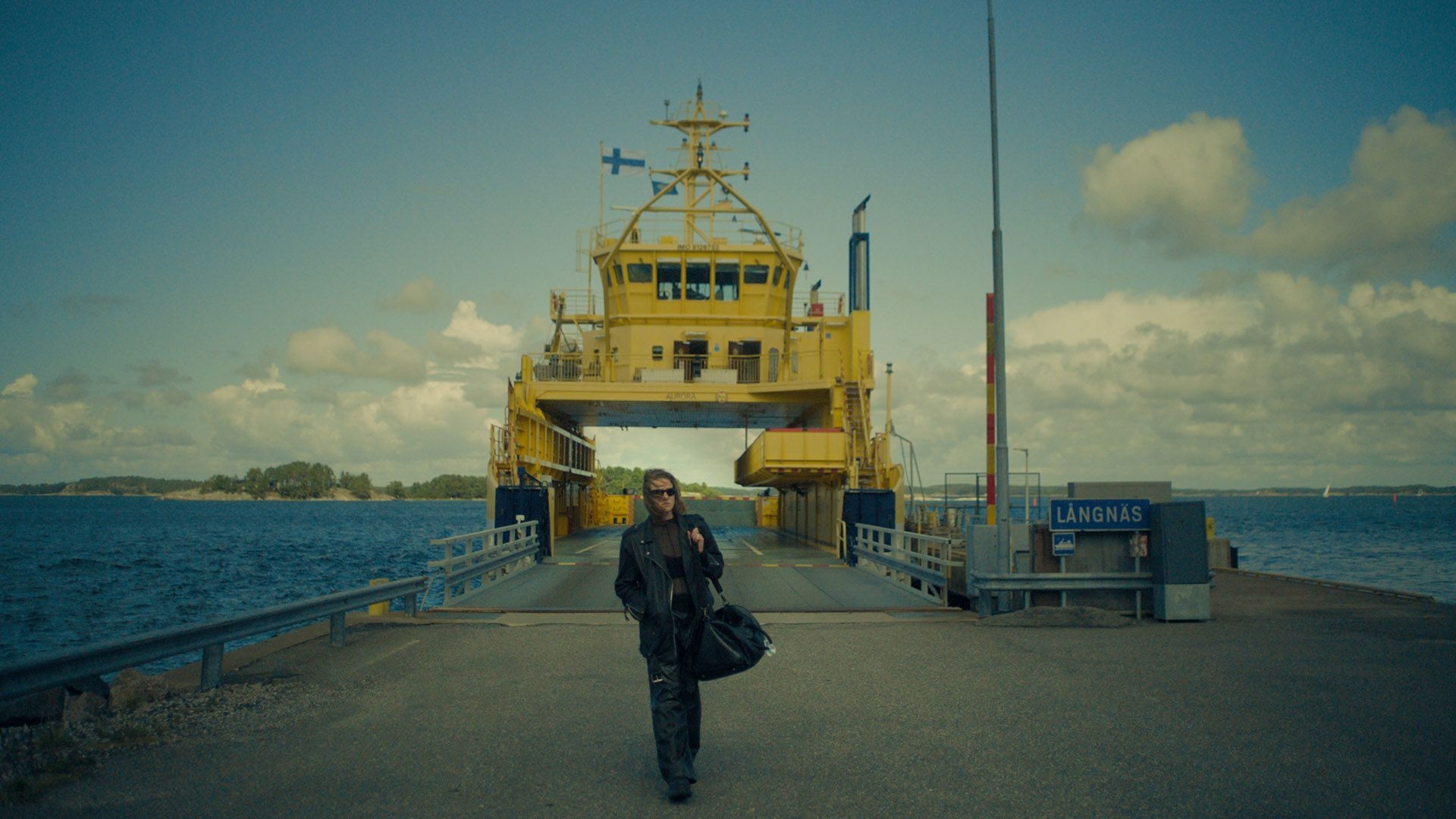Baltic Event Works in Progress
Lex Julia
Julia travels to her new friend Anna's isolated island summer house, where she recognises Anna's husband as the man who raped her on a date fifteen years earlier.
Julia, in her early thirties, travels to her new friend Anna's island villa for a late-summer weekend. When Anna introduces her husband, JP, Julia recognises him as the man who raped her on a date fifteen years earlier. Both Julia and JP keep their past acquaintance a secret from Anna, who grows increasingly uneasy about the tension between her husband and her new friend. Over the weekend, the simmering conflicts between the trio intensify.
Main country of production
Finland
Director's note
Theme and motivation
"Lex Julia" explores the complex dynamics of sexual assault, intertwining three destinies and three different points of view. Julia, the victim of rape, is conflicted. Is it worth opening an old wound, or is it better to stay quiet? When confronted, JP, the alleged rapist, recalls the past as a one-night stand, and persistently questions Julia’s version of the events. Meanwhile Anna, the wife of JP, has to decide whom and what to believe. Was Julia and JP’s encounter a sincere misunderstanding, a careless misjudgement, or a cold-blooded attack? What could, or should be done about it, years later?
Having myself been drugged and date-raped when I was eighteen, I want to make a film that reflects the contradictory, confusing and disturbing real-life experience many victims of rape have – but also shows how charming, highly functioning and “normal” people that rape can be. When I first pitched the idea more than ten years ago, #metoo had not yet happened and people doubted I could discuss something so personal in a film. After #metoo, we’ve seen many stories of trauma on film and television screens, but I’ve found myself still missing a narrative which is more ambiguous and unpredictable in its tone and conclusions.
I’m curious about the destructive and compulsive currents that lead people to transgress moral boundaries – and the strange, dark intimacy that can develop between the victim and the perpetrator. Why do victims often return to their abusers? Is it possible to heal, and get closure? Is predatory, coercive sexuality a product of nature or nurture? Does a character like JP have capacity for regret and change? The deeper theme of the film is the possibility of redemption and new beginnings. Even the worst of traumas can carry a hidden potential, depending on how we deal with them, and the meanings we ascribe to them.
Producer's note
"Lex Julia" begins as a classic suspense drama — three characters trapped on an island where truth unravels — but beneath its surface lies a sharp, intimate exploration of memory, guilt, and power.
When writer-director Laura Hyppönen first shared the screenplay with me in 2021, I was immediately drawn to its intelligence and urgency. The film captures the emotional and psychological complexity of sexual trauma — how it lingers, distorts, and resurfaces. It resonates deeply with women across generations, inviting empathy and reflection rather than judgment.
Visually, "Lex Julia" balances light and shadow, paradise and decay. The minimalist island setting mirrors the characters’ inner isolation, while the shifting natural soundscape intensifies their emotional unease. Stylistically, it evokes the psychological tension of Persona and the sensual darkness of La Piscine and Nocturnal Animals.
Our goal is to bring this timely and provocative story to an international audience through strong festival exposure and partnerships. With its bold vision and universal theme of confronting the past, "Lex Julia" has the power to spark global conversation about consent, memory, and the quiet resilience of survival.
Subjects:
friendship, harrassment, MeToo, women, abuse, sexual abuse

Filmmaker based in Berlin, originally from Finland. Presenting the work-in-progress of my second feature film, the suspense drama Lex Julia (Finland/Estonia/Poland/Sweden 2026) at Baltic Event 2025.

Merja Ritola (b. 1970) is a seasoned Finnish film producer with over two decades of experience. She began in production, serving as Head of Production on "Iron Sky", before moving into producing fiction features, documentaries, TV series, and shorts. A graduate of EAVE and EWA workshops, Ritola has led Greenlit Productions since 2017, securing Creative Europe Slate funding in 2023. Her recent works include the feature doc "Maija Isola – Master of Colour and Form" (2021) and the short doc "The Robin That Never Returned" (Tampere FF 2025). She is currently producing "Lex Julia", "The Seal Mother", and developing new fiction and documentary features. Ritola is a member of EFA, Filmiaura, Risto Jarva Association, and EWA.

Marianne Ostrat, Estonian film producer and founder of Alexandra Film and Fork Film, works in documentary, fiction and animation. Her films have screened at Venice, San Sebastian, Karlovy Vary, and SXSW. SMOKE SAUNA SISTERHOOD by Anna Hints won the Sundance Directing Award, European Film Award, Icelandic Film Award, 4 EFTAs, IDA Award, and Cinema Eye Honours for Best Cinematography, earning Ostrat a nomination for the Producer’s Guild of America (PGA) Award.

